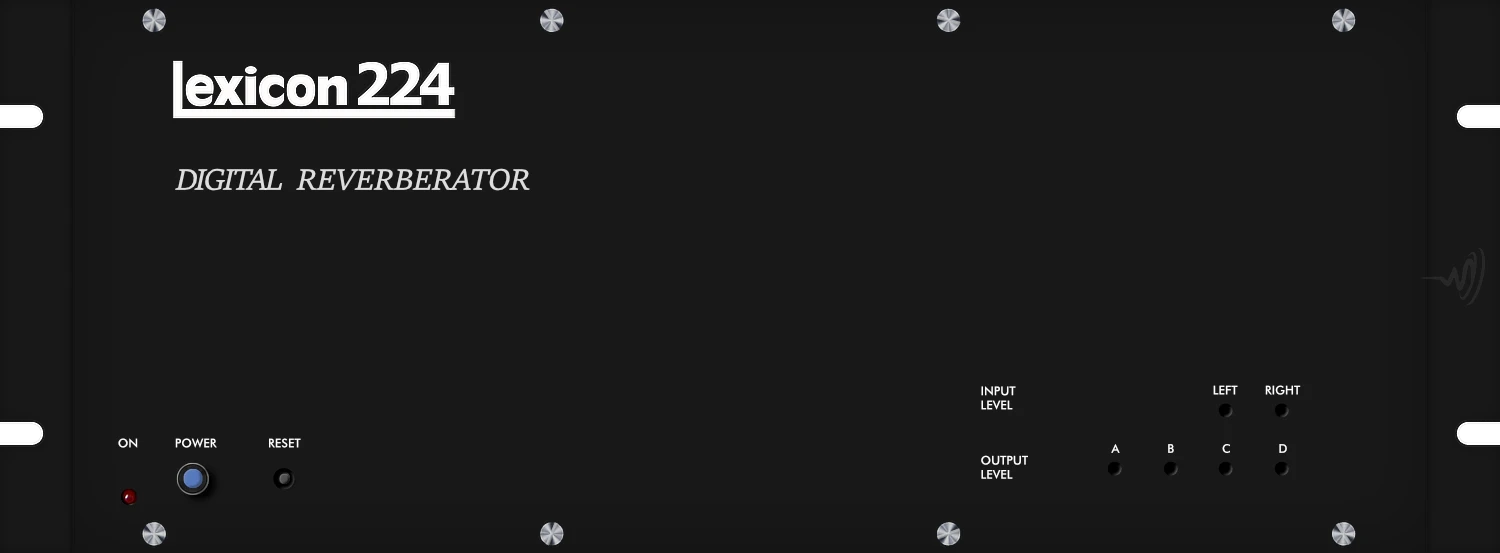In the 1980s, the production trio of Stock, Aitken, and Waterman (SAW) established themselves as the go-to producers for creating chart-topping pop hits. Their approach was heavily formulaic, but it was undeniably effective in delivering catchy, radio-friendly tunes that resonated with audiences. One of their most successful tracks was Never Gonna Give You Up by Rick Astley, which became a cultural phenomenon and remains a beloved classic today.
The creation of Never Gonna Give You Up was a collaborative effort between SAW, Astley, and a team of talented musicians and engineers. The song’s distinctive bassline was crafted using the Yamaha DX7 synthesizer, which was a staple of ’80s pop music. The Linn 9000 drum machine provided the driving rhythm that underpins the entire track, while a variety of effects were used to add depth and texture to the mix.
One of the most important elements of the song’s production was the use of reverbs and delays to create a sense of space and dimensionality. SAW relied heavily on the Yamaha REV5 and REV7 reverbs, which were renowned for their rich, lush sound. The Lexicon 224 and 224XL reverbs were also employed to add a sense of depth and character to the mix. The DBX 160 compressor was used to tame the dynamic range of the mix, ensuring that the various elements of the track remained balanced and cohesive.
The Roland SDE-3000 digital delay unit was another key component of the song’s production. This device allowed the engineers to create complex, rhythmic delays that added a sense of movement and excitement to the track. The SDE-3000 was particularly effective in creating the iconic “bouncing ball” effect that is heard in the song’s intro and throughout the chorus.
Never Gonna Give You Up was an instant hit upon its release in 1987, climbing to the top of the charts in multiple countries. Its infectious melody, catchy lyrics, and slick production were the perfect embodiment of the ’80s pop sound, and the song quickly became a cultural touchstone. Today, it remains a beloved classic that is synonymous with the era in which it was created.














